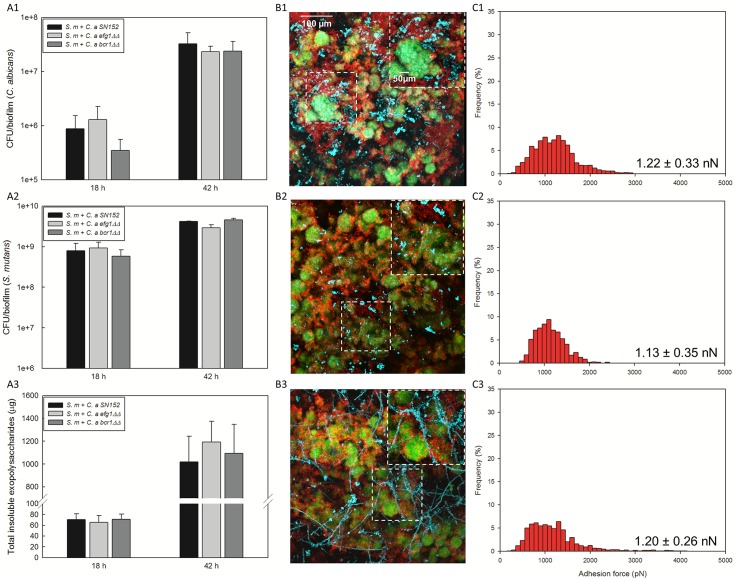Fig 5. Microbiological and biochemical properties of mixed-species biofilms with other C. albicans mutant strains (efg1ΔΔ or bcr1ΔΔ) and GtfB binding strength.
CFU of (A1) C. albicans, (A2) S. mutans, and (A3) total insoluble EPS in mixed-species biofilms; (B1-3) representative confocal images of mixed-species biofilms; distribution of GtfB binding forces to (C1) C. a SN152, (C2) C. a efg1ΔΔ, (C3) C. a bcr1ΔΔ, C. a efg1ΔΔ was selected due to slow growth and hyphal defect, comparable to pmt4ΔΔ and och1ΔΔ, while bcr1ΔΔ was selected due to lack of key biofilm adhesion regulator BCR1 in C. albicans. In our model, reduced growth rate and hyphal defect or lack of BCR1 of C. albicans did not affect significantly the ability of the fungal strains to develop mixed-species biofilm with S. mutans despite some morphological differences. The force-distance curves were obtained from at least 10 individual microbial cells from at least 3 distinct culture preparations per strain.

